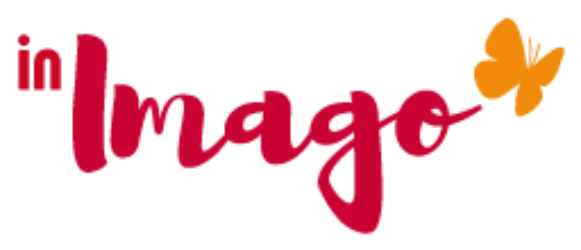The 4 values of Agility are divided into 12 principles. As and when I approach them in the transformations, I found success factors according to 3 focus: intensio- from a team point of view; Extensio-from a managerial or organizational point of view; Mago-from an individual point of view. The objective of this article series on the Agile Manifesto is to share these different focus.
Principle 6- The most effective communication method for conveying information is Face to Face
During this period of containment, maintaining a link between each team member and you make more sense than ever. When you use virtual workspace, think to personalize your communication by maintaining a face-to-face call with each other. And your virtual’s team animation must bring out a collective intelligence and promote short focus.
This principle n°6 allows us to list the parallel-systemic processes or mirror effects that develop in teams. These are the bases that will allow us to obtain an open communication and to approach more serenely multi-site work.
The pitfall in a group (2 people or more) is the communication whose most common definition is to establish a relationship with someone.
If the definition is simple, in practice communicating well is complex. The communication action and its success will depend on how others understand the message.
Understanding the message can not be certain regardless of the precautions taken. Success will depend on the mindset of the people in front of them, their workload, and how they feel integrated into the group or business. Understanding is therefore dependent on one or more parallel processes (mirror effect, systemic organizations …) more or less aware of the stakeholders, interpreting the message according to its daily reality and its relation to the problem.
The face-to-face can identify weak signals and thus remedy these parallel processes, through the establishment of open communication leaving room for a positive confrontation where everyone will express his point of view in all legitimacy.
Focus Intensio- For the team
The quality of the face to face depends on the trust established between each contributor. In coaching, free speech and making it effective are major issues. The Face-to-Face is useless when no one hears the point of view of the other or that everyone as a robot participates in the exchange thinking of something else at the same time. Everyone’s presence is necessary. When “presence” is acquired then trust can be established …
To establish the foundation for open communication, for a successful face-to-face, the basics of autonomy must be in place. All stakeholders are motivated and competent to fulfill their commitments. Motivation is obtained when a challenge is proposed to the team. Also read Go with the FLOW and the 4 levers to succeed in your business transformation.
As soon as the trust is established the link can move away and be done via chat, video conference, etc … Have you not noticed how easy it is to resume a conversation with a friend that we have not seen for a long time . It’s the same with a team as long as everyone’s respect is in place.
In teams, however, a regular meeting between the stakeholders is still necessary. Keeping the exchanges at a distance also requires the presence of a moderator who will remain vigilant to keep the speech released.
The quality of a meeting at a distance will also need to be careful to maintain a real added value for the entire group to avoid boredom and loss of motivation.
Focus Extensio
Systemic companies with so-called paradoxical communications today make it necessary to return to face-to-face and concrete teams implementation.
Confidence in the organization and especially its ability to lead change is weak. Transformation plans and tools follow one another at the rate of change of managers (on average every two years).
The Agile Manifesto, by setting up a face-to-face meeting and rituals to facilitate the emergence of a blocking point, is a lever of change.
This article was conceived and written by Dominique Popiolek, leader and professional coach.

